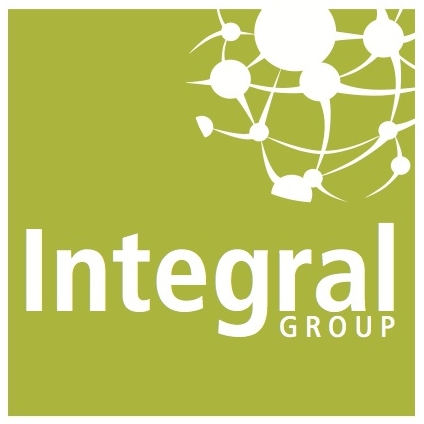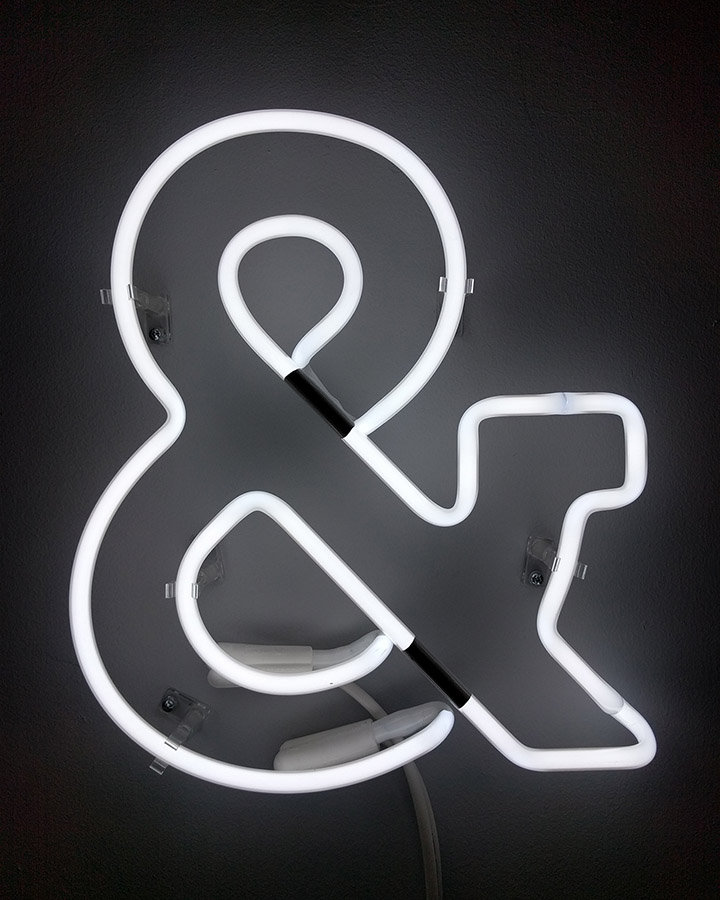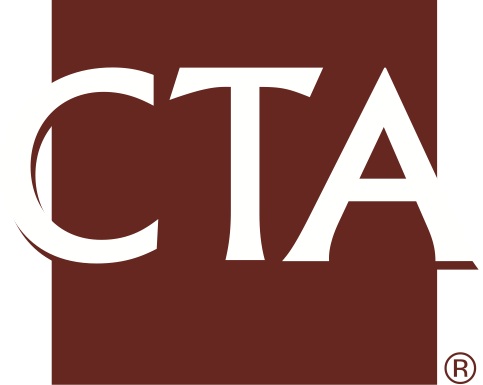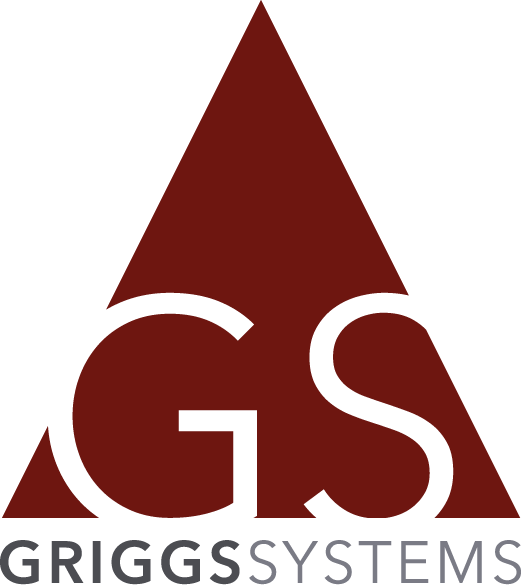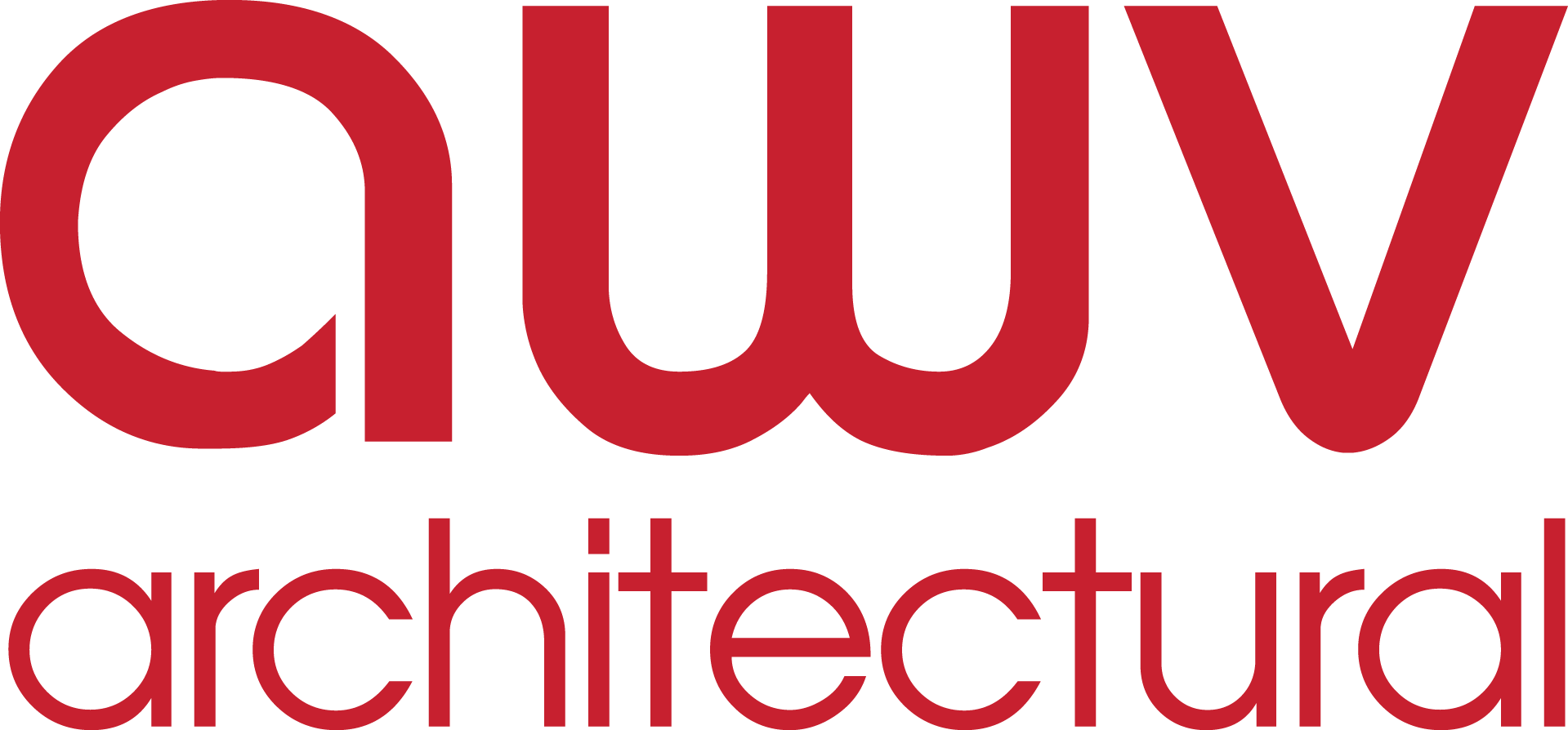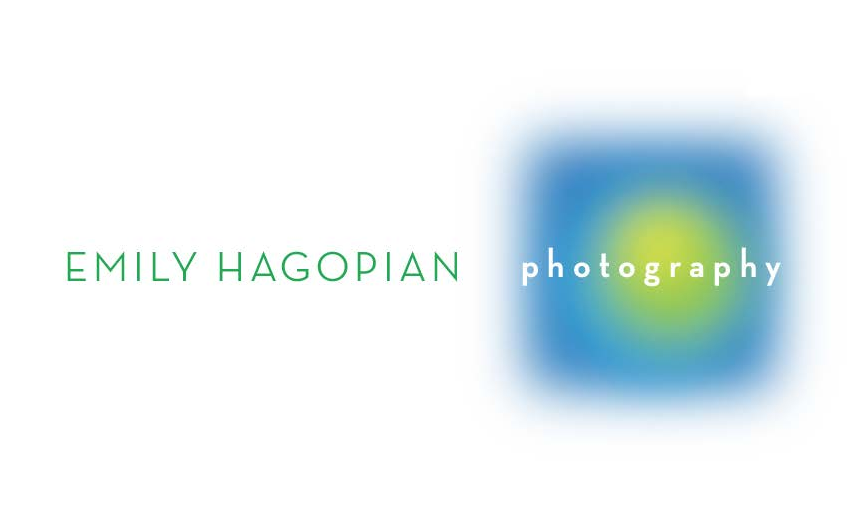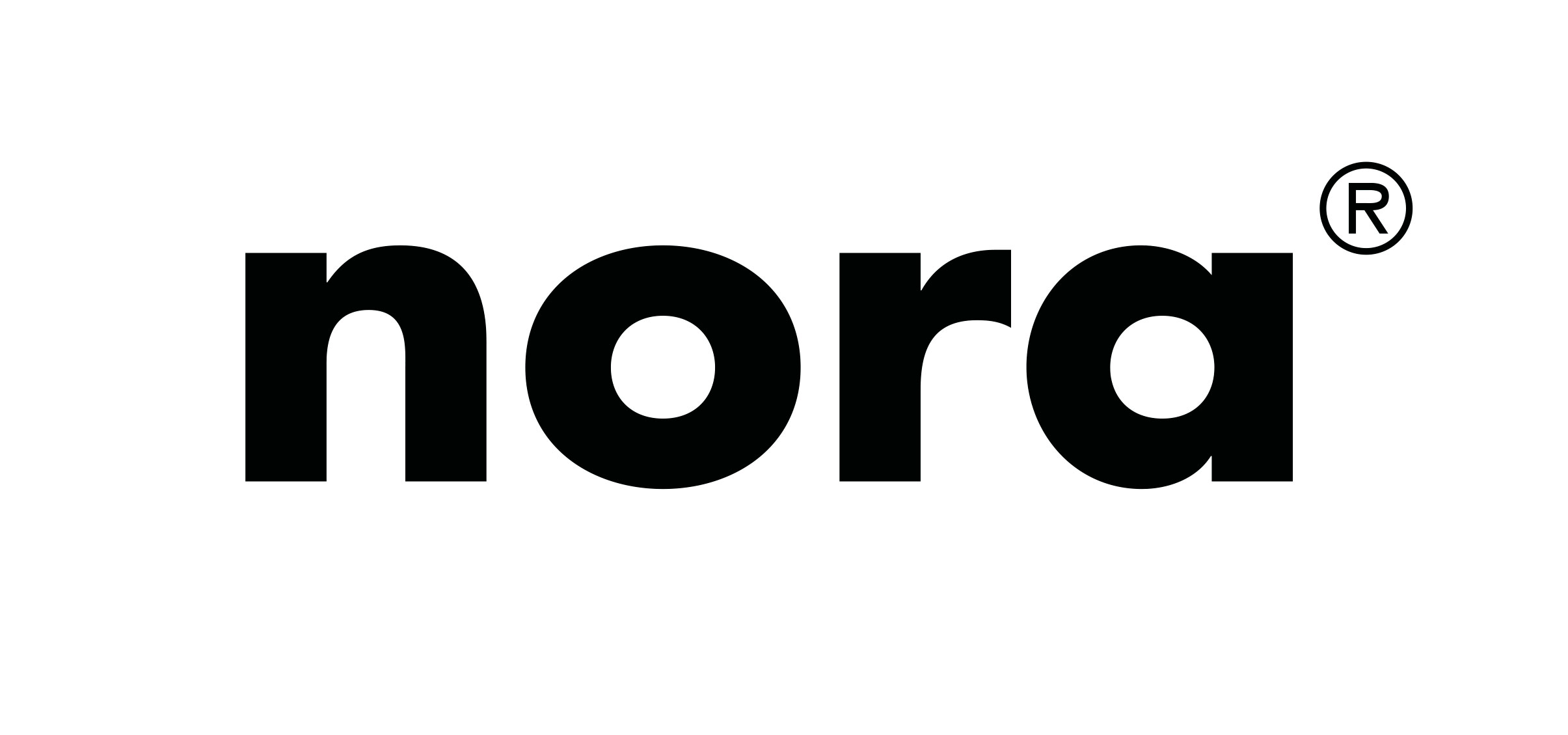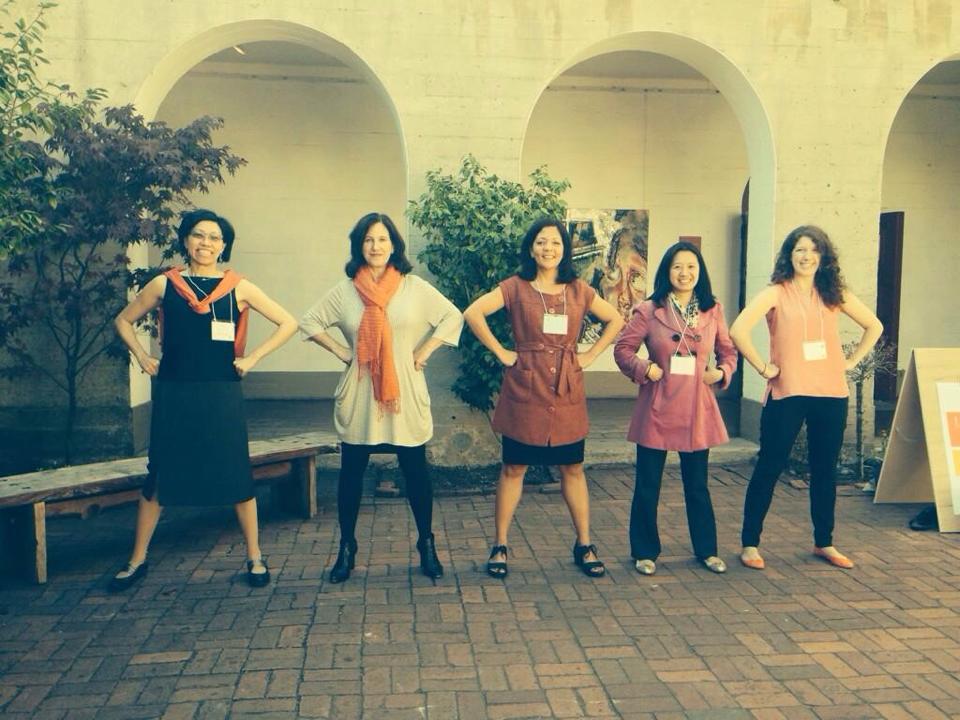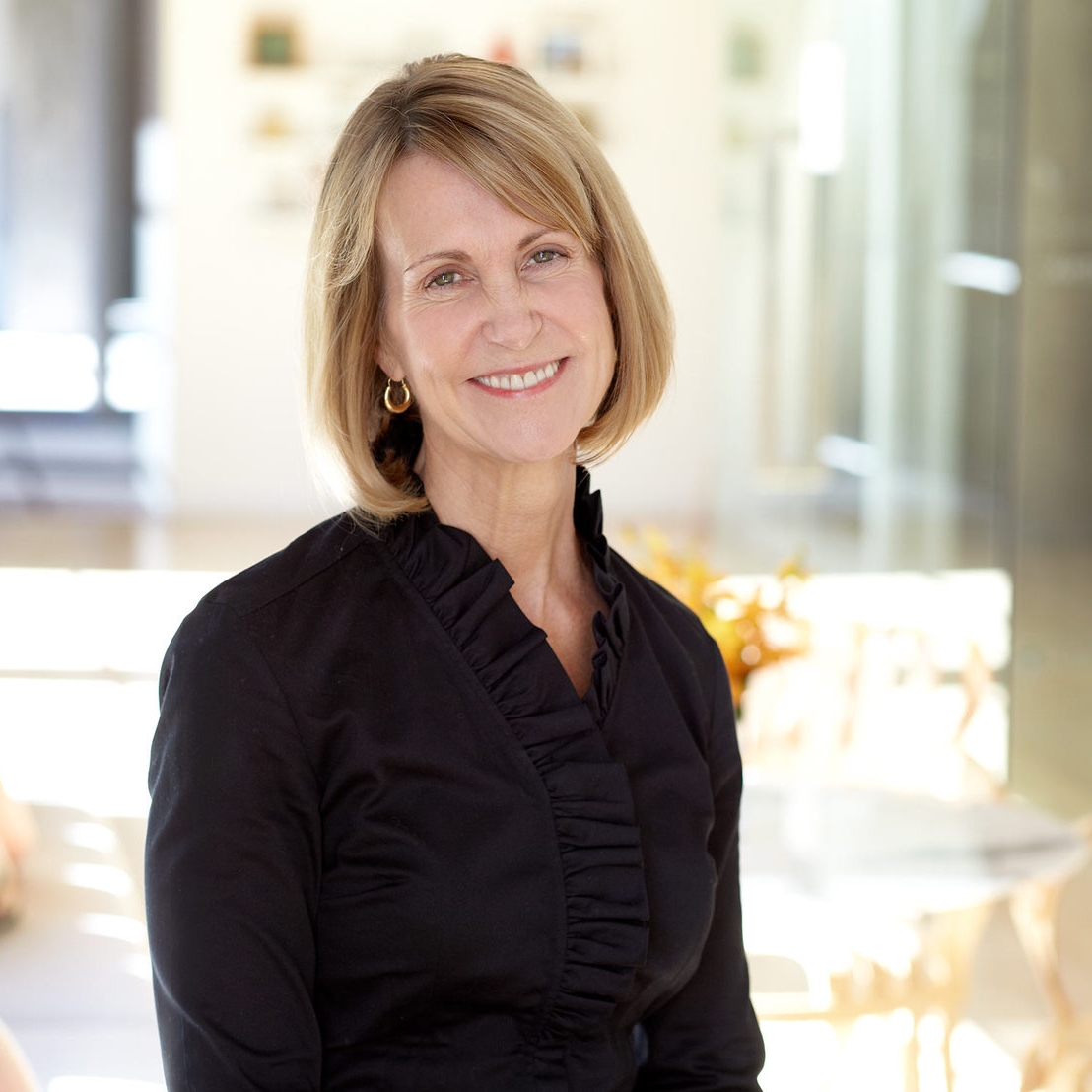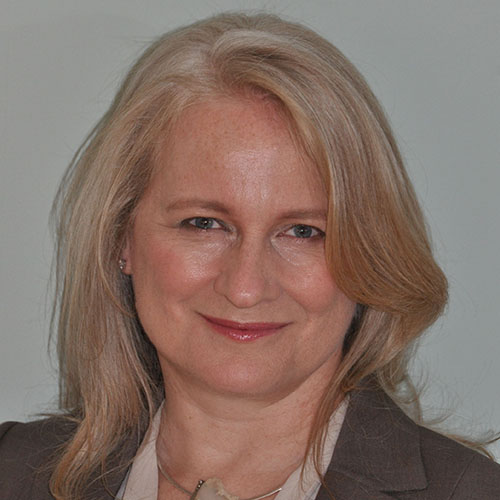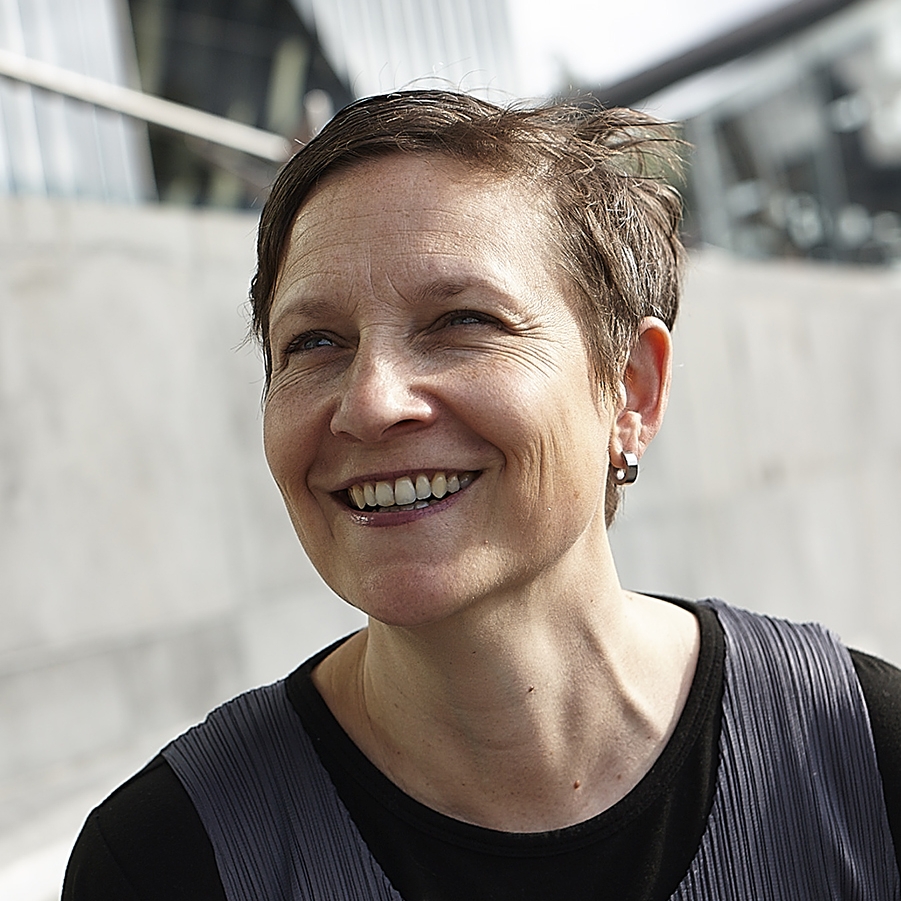Explain the name The Missing 32% and how it transformed into the movement that is known as Equity by Design.
ROSA: The Missing 32% resulted from an incubator event conceived and produced in 2011 by the AIA SF Communications Committee. It is a jarring reminder that nearly one-third of women with professional degrees in architecture do not become licensed architects, AIA members, or senior leaders in the profession. Over the years, the phrase has evolved to encompass a broader conversation of equitable practice for everyone, which is reflected in the current name, Equity by Design.
SASKIA: The term Equity by Design is very intentional. Equity is about everyone and not only women. And we are design thinkers and design professionals. Our goal is to gain knowledge and share best practices...to achieve Equity by and through Design!
What is the significance of this year’s symposium theme “Equity by Design: Metrics, Meaning, and Matrices?”
ROSA: The theme builds upon the last five years of advocacy and sets an exciting path for our committee’s next “chapter”. Equity is for everyone. We are approaching the mission's design holistically and we're not just looking at a small scale. We're looking at a scale beyond our industry — equity for architects, design collaborators, clients, and our communities. We are being intentional about creating a entirely new lexicon to foster actionable change.
ANNELISE: We must leverage metrics to track progress on how the gender dynamics are shifting. If we want the ratios within our profession to change, we need benchmarks for comparison and time to review, discuss, and adjust our course of action based on the findings.
LILIAN: In terms of meaning, we seek meaning at different intervals in our careers and in the connections we make. Oftentimes, we end up feeling like we have to make a choice between personal and professional growth, but by focusing on “the bigger meaning,” we are inspiring changes that will provide work-life synergies. Many of us are drawn to architecture because we are filled with excitement about how we can change the world — we are drawn to meaningful careers, and when we see the impact and influence possible through our work, we raise awareness of architecture’s true value within our society while simultaneously realizing personal and job satisfaction.
JULIA: The last component, matrices, well, we can adopt matrices to inspire advocacy and action. By nature, we are makers, problem solvers, and creators. Matrices enable us to become originators of new approaches and frameworks so that we can create more equitable environments within architectural practice and the places we design.











